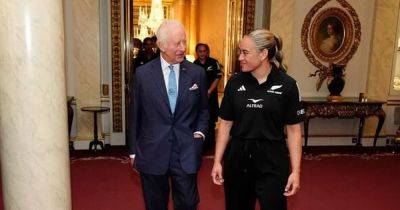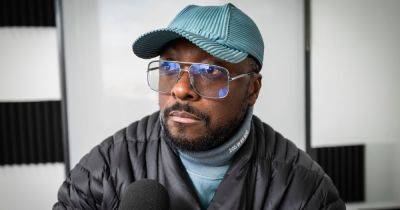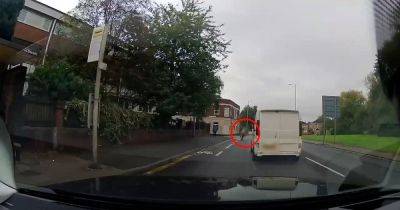I could barely walk after being hit by a truck 40 years ago — here’s how I finally got rid of my back pain
revolutionary technique, called endoscopic transforaminal lumbar interbody fusion (TLIF).Sandberg had a particularly difficult case — he had developed a cyst, a fluid-filled sac, in a facet joint of his spine, two of his lumbar vertebrae were unstable, and the space within that area had narrowed.
He felt pain in both legs as a result.“If there’s a lot of arthritis in [the facet joints], you can get an outpouching of that joint capsule, and that’s called a facet cyst,” Fischer explained to The Post. “It was pushing on his nerve roots and contributing to a lot of his pain.”Fischer said she made two tiny incisions — one for a camera and another for her tools — and removed the joint with the cyst and the entire intervertebral disc.She replaced it with a disc implant known as a spacer and a bone graft to promote fusion of the vertebrae.
Using robotic techniques, she inserted screws and rods to stabilize the spine.What sets this surgery apart, Fischer said, is that there is minimal disruption to soft tissue, leading to a faster recovery time.“It really shows the ability to do what needs to be done in the spine without having to make big incisions or have a lot of pain afterward,” said Fischer, co-director of the Endoscopic Spine Surgery Program at NYU Langone Health. “This is just really a home run surgery for some patients.”This technique was pioneered in South Korea, and Fischer says NYU Langone Health was the first to do it in the New York area.
She estimates that she performs this procedure 40 times a year.For Sandberg, it was his second life-changing surgery.He severely damaged his liver, broke six ribs and punctured a lung in the overseas truck crash.
Read more on nypost.com



















































